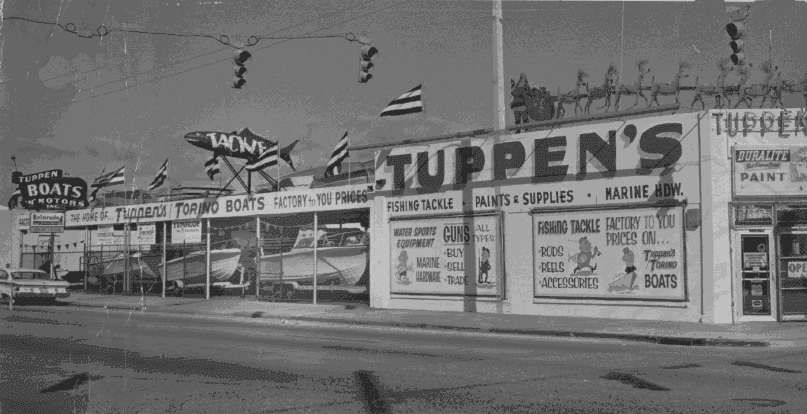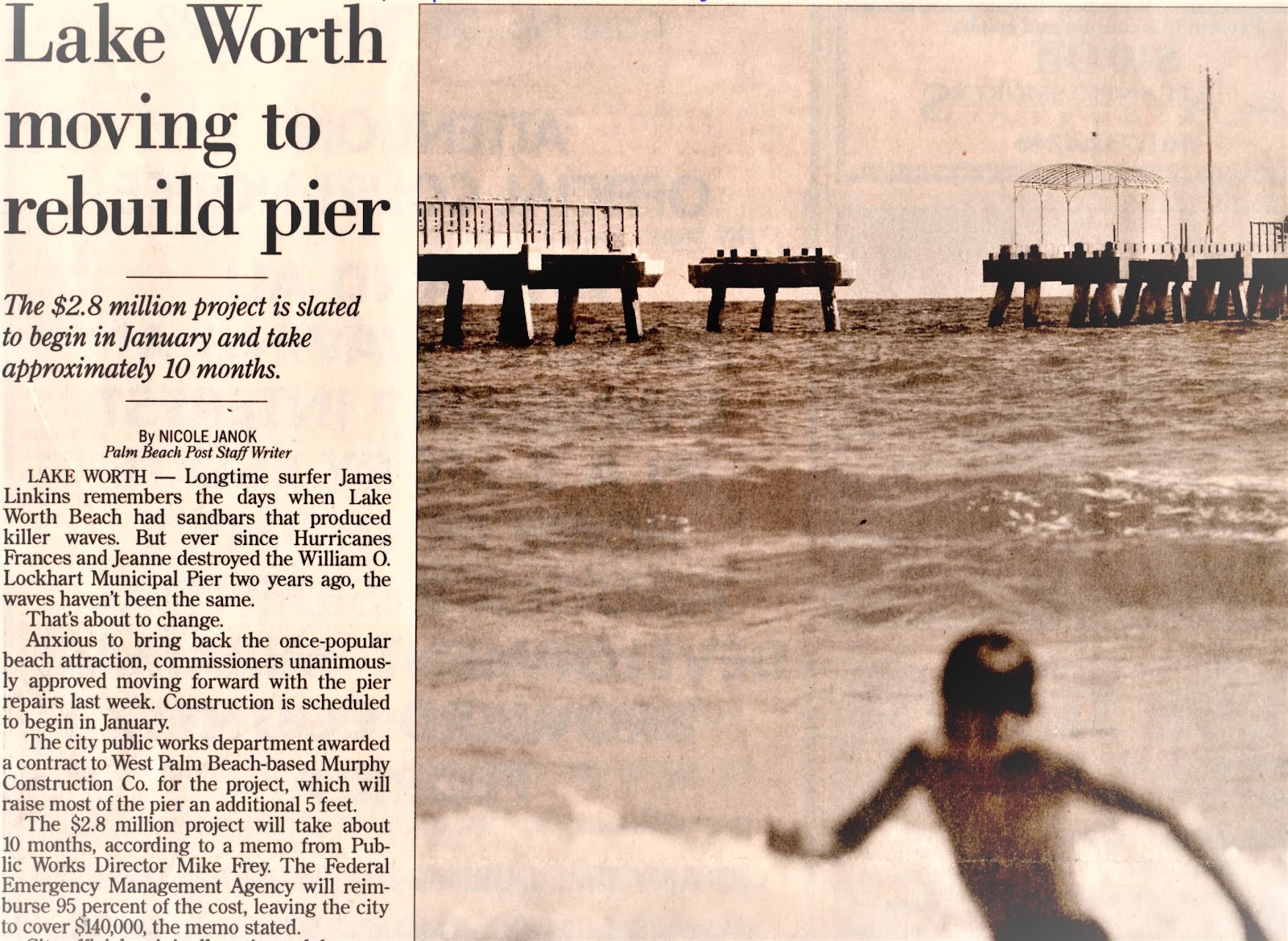. . . it reflects a decision, on the part of the editors, that the article is one of the day's most important.It's a matter of priorities you see. The 'big headline' article today is about red light cameras in Boynton Beach. Wow. Old tired news. To read more about this topic of public safety, pedestrians, and bicyclists in Palm Beach County visit Jesse Bailey's website called Walkable West Palm Beach:
"Mixing high speed traffic and people on foot or bikes is a recipe for disaster. The findings of a Palm Beach MPO study bear this out, showing the extraordinarily dangerous nature of the county’s arterial road network. Below is a map showing the hot spots identified. Thanks to Wes Blackman for reporting on this MPO meeting and recording it."
To watch these four videos use this link to my YouTube channel. Below is the original blog post from September 20th. Note that Kristina Webb attended this meeting as well:
I had the opportunity to attend a meeting on Monday, September 19th at the Palm Beach Metropolitan Planning Organization (MPO). That is the government agency responsible for transportation improvements in Palm Beach County, helps go after federal funds for projects and, increasingly, is working on ways to make biking and walking safer.
This team meeting presented recommendations to remedy "hot spots" for bicycle and pedestrian accidents throughout the County. It turns out the entire Lake Worth Road corridor is considered "hot" from Jog Road to Lakeside Drive. Of course, that includes all the area within the City of Lake Worth from the western city limits (roughly east of the County's John Prince Park), right through our Downtown to the Robert Harris Bridge.
You can read Palm Beach Post reporter Kristina Webb's article on the meeting using this link. An excerpt:
The Palm Beach Metropolitan Planning Organization’s Bicycle and Pedestrian Safety Team commissioned a study with planning consulting firm Kimley-Horn and Associates to compile data and construct a heat map that details specific spots and corridors where incidents have occurred.
The team used that analysis to help craft ideas to help improve safety in those key areas.
Accident data involving pedestrians and bicycles were looked over 4 full years from 2010 through 2014. The map below is called a "heat map" that was created by plotting the data. Certain patterns emerge:
The eastern, urban side of the county stands out. Look particularly at the center part of the map. That east/west blue line is Lake Worth Road. The road going north, making sort of an "L" shape represents Military Trail.
When you watch the videos you will hear and see representatives from Kimley-Horn go through each problem area in the County. At the 8:50 mark of the second video (below) is where they focus on the Lake Worth Road corridor. (I will be sharing the other three videos in future posts. You can watch all four of them on my YouTube channel. Click the red "Subscribe" button to become a subscriber.)
Refer to the legend above to interpret the symbols on this map:
 |
| Map of the Lake Worth Road corridor from Jog Road to Lakeside Drive (click to enlarge image). |
Dixie Hwy. through the City of Lake Worth was not discussed but there is a lot of data for that major roadway. On both maps look at the number of incidents that happen at night. They are the ones that appear in gray:
 |
| Dixie Hwy. through the City of Lake Worth. |
I'll be posting more later on about ways to decrease the crash frequency. There are some novel approaches and many of them follow the complete streets concept.









